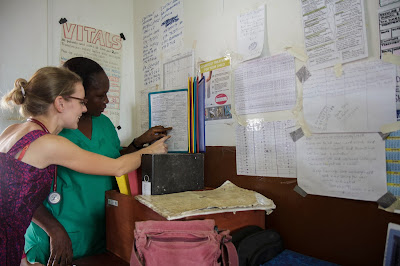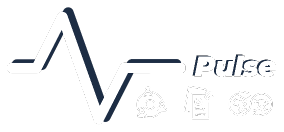What you need to know about monitoring, evaluation activities & learning.
9 December 2013
In this blog, Emily Burn, THET's Evaluation & Learning Officer, walks you through the key monitoring, evaluation and learning issues health partnerships should be addressing when planning projects.
Recently I attended an M&E workshop held by INTRAC which brought together many M&E practitioners from the NGO and public sector to share challenges and solutions to common issues in M&E. The detailed discussions led me to think about the over-arching principles that we should return to when we plan our M&E. Here I summarise the components of a good system for monitoring, evaluation, and learning, which health partnerships should think through when planning their projects.
Your Monitoring & Evaluation needs a rigorous system underpinning it
Your monitoring and evaluation activities need to be underpinned by an efficient system that enables you to focus your efforts and translate data into evidence and lessons. An efficient system is particularly important to health partnerships which are operating with limited resources for M&E but which need to meet reporting requirements, and make the most of opportunities for learning.
So what does an efficient M&E system look like?
It is thoroughly planned
The project plan clearly articulates the change you want to achieve. A Theory of Change approach will help you to see the logical flow of your objectives. For more information and a tool for using this approach see: http://www.thet.org/hps/resources/good-practice-guidance/project-planning-theory-of-change-1
You have discussed who your stakeholders are and the types of results they will be interested in, which means that you can plan the analysis, focussing on a limited number of questions that the data could answer, rather than all possible questions.
Each objective has ‘indicators’ (also known as signs of success or measures of progress) that are appropriate and feasible given the time, funds, expertise, and data (etc.) that you have access to. Also, you know who will gather the indicator data, with what tools, and how frequently. You know if the data collector has the expertise to do this or you have a plan in place to provide training. You know if you need to create a new data collection tool or if an adequate system is already in place that you can use.
You know how the data will be brought together in a central place. For example, you have an M&E focal person in each project site whose responsibility it is to submit health worker logbook data on a monthly basis (via email ) and then you have a central site where these data are entered into a spreadsheet, ready to be analysed.
M&E planning tool: http://www.thet.org/hps/resources/good-practice-guidance/monitoring-evaluation-plan
It is carried out consistently and in partnership
All those who are part of project implementation understand the objectives and buy in to the indicators. This may require on-going review and adjustment of the indicators and milestones.
You have a process in place to disseminate the project’s progress regularly so that those affected by the project understand what is going well and what is not.
The channels for communicating the results take into account the different project stakeholders, from NHS board members, to the staff on the ward, where the former may be most receptive to a presentation from the UK partner, and the latter may prefer to see improvements in practice displayed on a poster or mapped out on a chart in a staff area.
Lastly, an efficient M&E system facilitates learning by making full use of the findings to question how things are going, pinpoint problems, and so make changes based on evidence.
At THET, our M&E system includes an analysis process that aggregates qualitative data into a simple spreadsheet where we group findings thematically.
We see the benefits of this: when we write reports for our donors; when we need evidence of how best to support health partnerships; or when we need examples of, for example, positive changes in practice.
In this way, our system for analysing and recording the data from health partnerships helps us to make use of it, in multiple formats, and for all our stakeholders.



0 Comments
Leave a comment
Your email address will not be published.